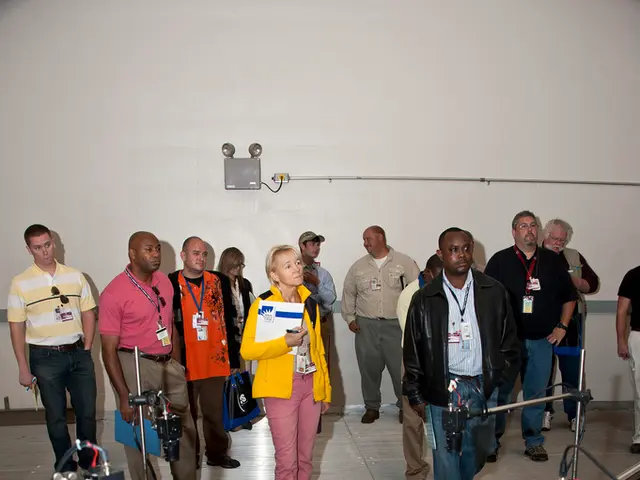A process that involves automating the building, testing, and deployment of software in a continuous manner, promoting an efficient and collaborative development workflow.
Tired of Facing Code Chaos? Enter Continuous Integration!
🛠️🌐 The Developer's Sanctuary from Code Clashes and Build Breaks
💻 Developing software is a team effort, but it can often end up in a battlefield of broken builds, curses, and frustrated teammates. To put an end to this chaos, developers have turned to Continuous Integration (CI), a practice that takes the edge off the stressful integration process and keeps you on the path to success.
But what is Continuous Integration?
Think of a single repository where all the code for a project lives. Each developer makes changes separately, but when they want to contribute their part, an automated system checks the code for errors and potential conflicts in the core repository. If a code commit passes the test, it gets updated to the main repository. If it doesn't – it's rejected!
Collaborate Fearlessly
The beauty of CI lies in the fact that every developer can work in isolation, without disrupting the rest of the team. This allows them to easily share their work, fix errors and pursue new ideas in a stable environment. In other words, it's like having your own playground while keeping a close eye on the main game!
GitHub - The Ultimate Witness
Significant projects operating under CI often see dozens, if not hundreds, of code contributions daily. This fast-paced workflow means updates and deployments happen quickly – no more waiting weeks to integrate code! Sit back, relax, and enjoy the benefits of continuous progress.
The CI Checklist 📋
To make CI work seamlessly, stick to these rules like glue:
- 🔓 Check-in Frequently: Keep your code commits regular and small.
- ❌ Don't Check-in Broken or Untested Code: Your code should be clean and ready before it goes into the main repository.
- 🚲 Don't Check-in When the Build is Broken: If the build is broken, fix it first before committing any changes.
- 🏁 Don't Go Home until after Checking in the System Builds: Ensure your code is tested and deployed before calling it a day.
Take it to the Next Level – Continuous Delivery 🌐
Continuous Integration goes hand in hand with Continuous Delivery, forming the popular duo known as CI/CD. While CI focuses on automating the integration and testing of code, continuous delivery focuses on sharing the repository with a broader team and streamlining the deployment process.
In a continuous delivery model, once code has been successfully committed, tested and validated, it's automatically shared with the operations team for deployment to the production environment. This seamless pipeline between development and deployment leads to quicker updates, smoother workflows, and a faster pace for your product to evolve.
Popular CI/CD Tools 🛠️
To help you nail the CI/CD game, there's a wide range of tools available. Here are some of the most renowned ones:
- Jenkins: A powerful tool with a high level of automation and minimal maintenance, known for its user-friendly GUI and vast number of plugins.
- GitLab: Offers not only CI/CD functionality but the entire development cycle within one application. Ideal for enterprises with a flexible subscription model.
- Travis CI: Built around a decade ago, it handles both CI and CD functionality but is exclusively designed to work with Github.
- CodeShip: The simple and user-friendly alternative to Jenkins, focusing on easy pipeline construction and minimal management & maintenance.
Experience the power of Continuous Integration and join the ranks of successful developers who've found the key to collaboration, speed, and efficiency!
- In the realm of data-and-cloud-computing and technology, Continuous Integration (CI) tools like Jenkins, GitLab, Travis CI, and CodeShip play a crucial role in maintaining cybersecurity by automating the integration and testing of code, ensuring regular and small code commits, and preventing the check-in of broken or untested code.
- By integrating Continuous Integration into their workflow, developers can collaborate fearlessly, focus on pursuing new ideas, and experience quicker updates, smoother workflows, and a faster pace for their product to evolve, ultimately enhancing data security and efficiency in the tech industry.







